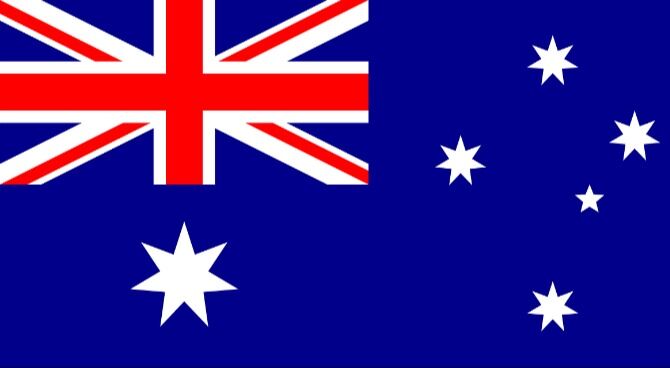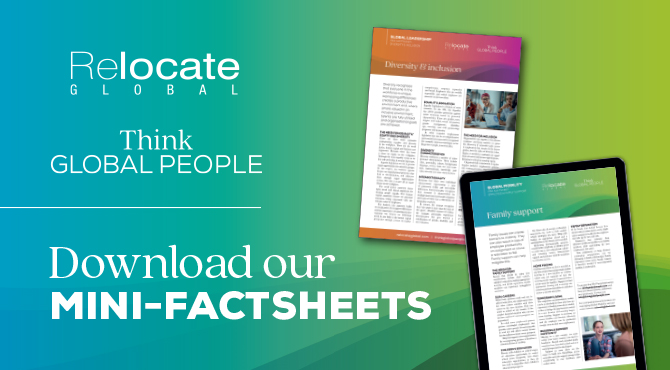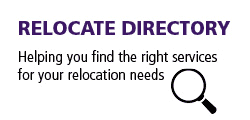Education Explained: The Australian Education System
Australia offers a wide variety of schooling choices for relocating families, in both the state and the private sector. In this article in the 'Education Explained' series, we take a look at the Australian Education System.

 Choice of schoolsAustralia has more than 7,000 government schools and almost 2,000 independent schools, including a selection of single-sex and co-educational schools and faith schools. However, globally-mobile families might be surprised at the lack of international schools in Australia. International schools, which teach in English, are hugely important for expats living in non-English-speaking countries, but they are not so prevalent in English-speaking countries like Australia. British international schools are also in short supply in Australia, as there is little demand for institutions offering an English national curriculum.An international educationHowever, Australia does have independent fee-charging schools with an international focus, a mix of nationalities, and a focus on pastoral care for students in global transition. Independent schools are also more likely to offer an internationally-recognised and transferable qualification, such as the International Baccalaureate (IB).Final school examsFor relocating families with older children, final school exams will be a big consideration, and particularly their recognition for entry into international higher education institutions. End-of-school exams differ from state to state in Australia; for example, the Higher School Certificate (HSC) is the final examination for students in Year 12 in New South Wales schools. There are government moves towards all states working on the same education system to alleviate this problem but parents would be well advised to check that, if their child enters for an Australian state final year of secondary school certificate, it is recognised by their future choice of higher-education institution.A smooth transitionWith such a big variation in the school year between northern-hemisphere education systems and the Australian education system, some pupils arriving from the USA and Europe will repeat a year, to ensure they fall in line with the correct year group. Many schools believe that the ideal time for families to arrive in Australia is in time to commence school at the start of the academic year at the end of January. Schools also advise working closely with families to ensure a smooth transition and will take into consideration a number of factors, including what time of the year they will arrive, their academic ability, their emotional maturity, and what year group they will go back into when they leave Australia.
Choice of schoolsAustralia has more than 7,000 government schools and almost 2,000 independent schools, including a selection of single-sex and co-educational schools and faith schools. However, globally-mobile families might be surprised at the lack of international schools in Australia. International schools, which teach in English, are hugely important for expats living in non-English-speaking countries, but they are not so prevalent in English-speaking countries like Australia. British international schools are also in short supply in Australia, as there is little demand for institutions offering an English national curriculum.An international educationHowever, Australia does have independent fee-charging schools with an international focus, a mix of nationalities, and a focus on pastoral care for students in global transition. Independent schools are also more likely to offer an internationally-recognised and transferable qualification, such as the International Baccalaureate (IB).Final school examsFor relocating families with older children, final school exams will be a big consideration, and particularly their recognition for entry into international higher education institutions. End-of-school exams differ from state to state in Australia; for example, the Higher School Certificate (HSC) is the final examination for students in Year 12 in New South Wales schools. There are government moves towards all states working on the same education system to alleviate this problem but parents would be well advised to check that, if their child enters for an Australian state final year of secondary school certificate, it is recognised by their future choice of higher-education institution.A smooth transitionWith such a big variation in the school year between northern-hemisphere education systems and the Australian education system, some pupils arriving from the USA and Europe will repeat a year, to ensure they fall in line with the correct year group. Many schools believe that the ideal time for families to arrive in Australia is in time to commence school at the start of the academic year at the end of January. Schools also advise working closely with families to ensure a smooth transition and will take into consideration a number of factors, including what time of the year they will arrive, their academic ability, their emotional maturity, and what year group they will go back into when they leave Australia.©2025 Re:locate magazine, published by Profile Locations, Spray Hill, Hastings Road, Lamberhurst, Kent TN3 8JB. All rights reserved. This publication (or any part thereof) may not be reproduced in any form without the prior written permission of Profile Locations. Profile Locations accepts no liability for the accuracy of the contents or any opinions expressed herein.
































